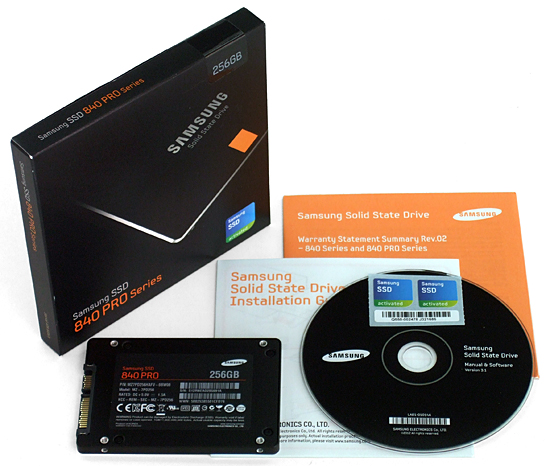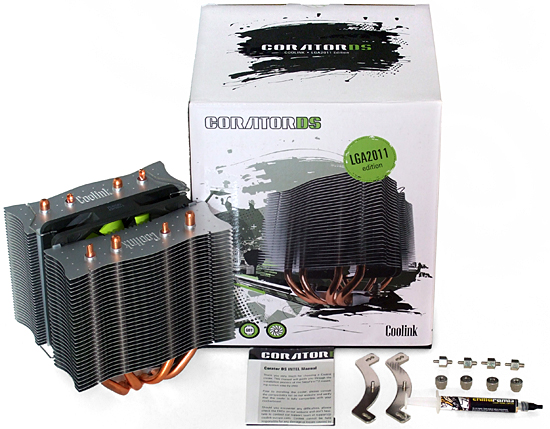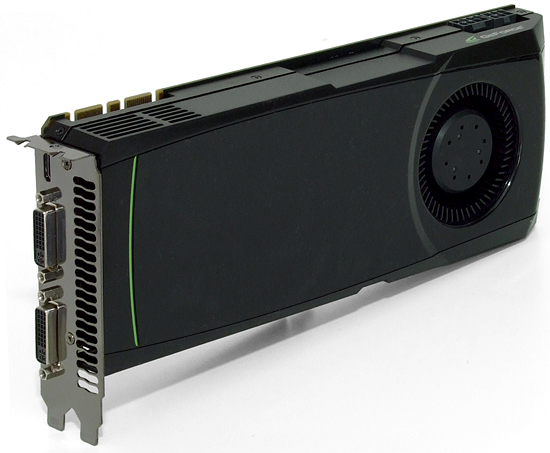Four More Sub-$100 Cases For Your Gaming Build, Reviewed
Our second group of value-oriented cases looked good in the photo preview, but we really wanted to see how they’d perform with a load of hot gaming hardware. Will these beat their predecessors in terms of quality, feature, hardware support, or value?
Test Settings
Why you can trust Tom's Hardware
| Test System Configuration | |
|---|---|
| CPU | Intel Core i7-3960X (Sandy Bridge-E): 3.30 GHz, Six Cores O/C to 4.25 GHz (34 x 125 MHz) at 1.35 V Core |
| CPU Cooler | Coolink Corator DS 120 mm Tower |
| Motherboard | Asus P9X79 WS: LGA 2011, Intel X79 Express, Firmware 0603 (11-11-2011) O/C at 125 MHz BCLK |
| RAM | G.Skill F3-17600CL9Q-16GBXLD 16 GB (4 x 4 GB) DDR3-2200 Benchmarked at DDR3-1666 CAS 9 defaults |
| Graphics | Nvidia GeForce GTX 580: 772 MHz GPU, GDDR5-4008 Maximum Fan for Thermal Tests, SLI |
| Hard Drives | Samsung 840 Series MZ-7PD256, 256 GB SSD |
| Sound | Integrated HD Audio |
| Network | Integrated Gigabit Networking |
| Power | Seasonic X760 SS-760KM ATX12V v2.3, EPS12V, 80 PLUS Gold |
| Software | |
| OS | Microsoft Windows 8 Pro x64 |
| Graphics | Nvidia GeForce 314.22 |
| Chipset | Intel INF 9.2.3.1020 |
Samsung recently equipped all of our labs with its latest flagship SSD, the 840 Pro model MZ-7PD256.
Now we’re ready to make some noise! We’re counting on the overclocked hexa-core CPU to flood the case with heat, and Coolink’s Corator DS to flood the case with noise as it transfers that heat away from the processor.
Nvidia’s GeForce GTX 580 is a great noise maker in its own right, its blower-style cooler spinning at a few thousand RPM at full speed. This reference card idles down to 40%, and we used full-speed and idle-speed during load and idle tests.
| Benchmark Configuration | |
|---|---|
| Prime95 v25.8 | 64-bit executable, Small FFTs, 11 threads |
| 3DMark 11 | Version: 1.0.3.0, Extreme Preset: Graphics Test 1, Looped |
| Real Temp 3.40 | Average of maximum core readings at full CPU load |
| Galaxy CM-140 SPL Meter | Tested at 1/2 m, corrected to 1 m (-6 dB), dB(A) weighting |
Current page: Test Settings
Prev Page Building With The MS800 Plus Next Page Temperature, Noise, and Acoustic EfficiencyGet Tom's Hardware's best news and in-depth reviews, straight to your inbox.
-
jdwii Why no love for coolermaster its easily the best Case company out there, i rarely even consider anything else. For just 60$ they offer one heck of a deal.Reply -
Crashman jdwiiWhy no love for coolermaster its easily the best Case company out there, i rarely even consider anything else. For just 60$ they offer one heck of a deal.Tom's HardwareOf the 28 companies we invited to participate, 11 responded with cases they thought would give the Tom's Hardware audience the best balance between quality, features, and price. We divided the round-up into three groups based on when each of the samples arrived.Reply -
griptwister Wow! Looking for a new case! It's time to upgrade my Antec OneHundred windowed. it's too loud with all the fans. and the PSU. Looks like I'll be going with a Zalman MS800 for my next rig! I liked the look of the z11 better at first, but seeing what the MS 800 looks like with a few LEDs, it seems classy and sleek yet not overdone. Great review THW!Reply -
slomo4sho Thank you for not doing a slide show for this like the other reviews.Reply
Also, still looking forward to a review of the Cooler Master HAF XB. -
dalmvern slomo4shoThank you for not doing a slide show for this like the other reviews. Also, still looking forward to a review of the Cooler Master HAF XB.Reply
Apparently you were unaware of the slideshow they released last week. What Toms has done with all of these round ups was take the pictures and post them, then once they get done with their battery of tests they post the results and commentary afterward. -
nd22 Excellent review! I like to get the best possible performance for the money I spent and it seems that these cases you reviewed are perfect for a mid-end gaming build I am planning to do! How about some exotic cases to review for us Tom? For example I would like to see a review of cooler master haf xb or fractal 304.Reply -
sincreator It's about time Zalman sent you guys one of their budget oriented cases. I bought the Zalman Z9+ for $34.99 last year with free shipping from NCIX, and I absolutely love the case. Great quality with a huge amount of features for a case of that price. It has more features than my brothers Antec 900 surprisingly, and it probably should of been $70-80. I'm not complaining though. lol. I have recommended the MS 800 and the Zalman Z9+ to a few friends, depending on their budget. They all loved the cases and were shocked at what they got for the money. I'd love to see more reviews for Zalman's cases on Tom's.Reply -
ubercake Ok. Where are the Tom's models?Reply
Inner butt cheek. Side boob. That's what's going to sell cases. :) -
Crashman ubercakeOk. Where are the Tom's models?Inner butt cheek. Side boob. That's what's going to sell cases.Sorry, all the models near this location are BBW. I don't believe that would go-over with the majority :pReply



